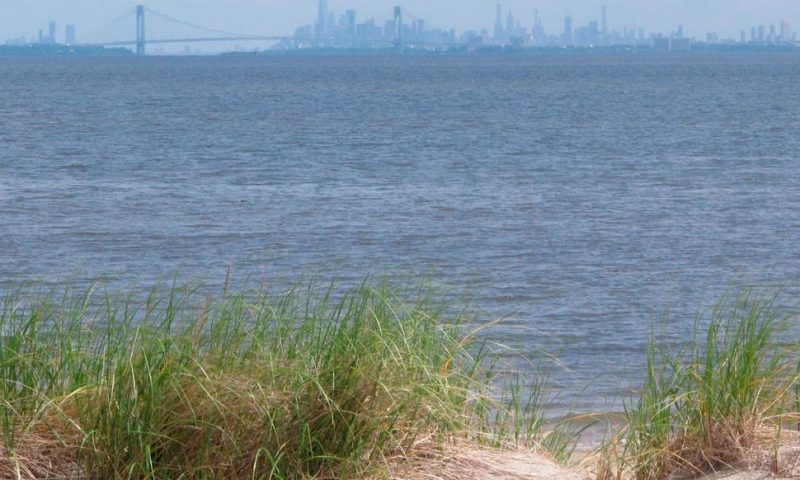A hotly contested proposal to build a pipeline to take natural gas to customers in New York City and Long Island is back before New Jersey regulators.
MIDDLETOWN, N.J. — A hotly contested proposal to build a pipeline to take natural gas to customers in New York City and Long Island is back before New Jersey regulators.
The Northeast Supply Enhancement Project would add to the existing Transco pipeline and would carry enough gas to heat 2.3 million homes. It would take gas from Pennsylvania through New Jersey and its Raritan Bay to New York.
Oklahoma-based Williams Companies plans to spend $926 million on the project, saying that it is needed to ensure adequate heating and energy supplies to New York City and Long Island, and that it can be built safely with minimal environmental disruption.
But opponents say it is unneeded and will encourage the burning of fossil fuels at a time when climate change is causing serious harm.
Williams filed its latest application with the New Jersey Department of Environmental Protection on Jan, 21, a filing made public Thursday by the state. It is at least the fourth time the Tulsa company has applied for permission to build the project, which includes more than 23 miles of pipeline through Raritan Bay into New York, and a compressor station to be built in Franklin Township in Somerset County, New Jersey.
The company withdrew its application twice before, and New Jersey regulators denied it once.
“Nasty NESE is back for an unbelievable fourth time, and the environmental impacts of this unnecessary, climate-changing project will still be severe and devastating,” said Cindy Zipf, Clean Ocean Action’s executive director. “They’re trying to wear us down. We will not give up. We have too much to lose: our ocean, bay, air, and coastal economy and communities.”
In submissions to New Jersey regulators, Williams said it had taken a number of steps to reduce the impact of the project on the environment, adding the project can be done safely.
Company spokeswoman Erica Jones said the project “will help ensure reliable gas supplies are available to support oil-to-gas conversions, displacing 900,000 barrels of heating oil and reducing carbon dioxide emissions by 200,000 tons in year one.”
She said that is equivalent to taking nearly 500,000 cars off the road. She also said these gas conversions will help reduce smog, acid rain and pollution particulates that have harmful health and environmental effects.
Opponents say the project would stir up tons of highly polluted sediment and reverse decades of hard-won environmental improvements in Raritan Bay, which has been struggling with pollution.
Fishing groups say the work could drive away fish and harm bottom-dwellers, including shellfish. But the company says it has conducted studies and computer simulations that show any adverse effects would be temporary.
The project also needs environmental approval from New York regulators, which also rejected the plan in May but allowed the company to reapply. A decision on the New York water quality certificate is expected by May 2020.

